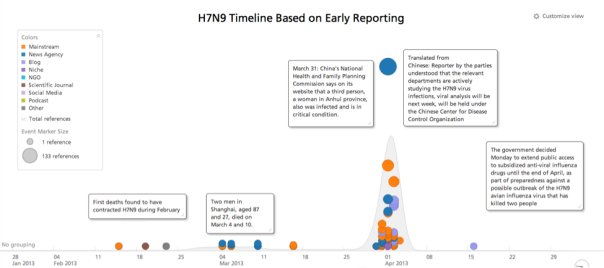Dani Rodrik at Project Syndicate: “By many measures, the world has never been more democratic. Virtually every government at least pays lip service to democracy and human rights. Though elections may not be free and fair, massive electoral manipulation is rare and the days when only males, whites, or the rich could vote are long gone. Freedom House’s global surveys show a steady increase from the 1970s in the share of countries that are “free” – a trend that the late Harvard political scientist Samuel Huntington dubbed the “third wave” of democratization….
A true democracy, one that combines majority rule with respect for minority rights, requires two sets of institutions. First, institutions of representation, such as political parties, parliaments, and electoral systems, are needed to elicit popular preferences and turn them into policy action. Second, democracy requires institutions of restraint, such as an independent judiciary and media, to uphold fundamental rights like freedom of speech and prevent governments from abusing their power. Representation without restraint – elections without the rule of law – is a recipe for the tyranny of the majority.
Democracy in this sense – what many call “liberal democracy” – flourished only after the emergence of the nation-state and the popular upheaval and mobilization produced by the Industrial Revolution. So it should come as no surprise that the crisis of liberal democracy that many of its oldest practitioners currently are experiencing is a reflection of the stress under which the nation-state finds itself….
In developing countries, it is more often the institutions of restraint that are failing. Governments that come to power through the ballot box often become corrupt and power-hungry. They replicate the practices of the elitist regimes they replaced, clamping down on the press and civil liberties and emasculating (or capturing) the judiciary. The result has been called “illiberal democracy” or “competitive authoritarianism.” Venezuela, Turkey, Egypt, and Thailand are some of the better-known recent examples.
When democracy fails to deliver economically or politically, perhaps it is to be expected that some people will look for authoritarian solutions. And, for many economists, delegating economic policy to technocratic bodies in order to insulate them from the “folly of the masses” almost always is the preferred approach.
…
Effective institutions of restraint do not emerge overnight; and it might seem like those in power would never want to create them. But if there is some likelihood that I will be voted out of office and that the opposition will take over, such institutions will protect me from others’ abuses tomorrow as much as they protect others from my abuses today. So strong prospects for sustained political competition are a key prerequisite for illiberal democracies to turn into liberal ones over time.
Optimists believe that new technologies and modes of governance will resolve all problems and send democracies centered on the nation-state the way of the horse-drawn carriage. Pessimists fear that today’s liberal democracies will be no match for the external challenges mounted by illiberal states like China and Russia, which are guided only by hardnosed realpolitik. Either way, if democracy is to have a future, it will need to be rethought.”


